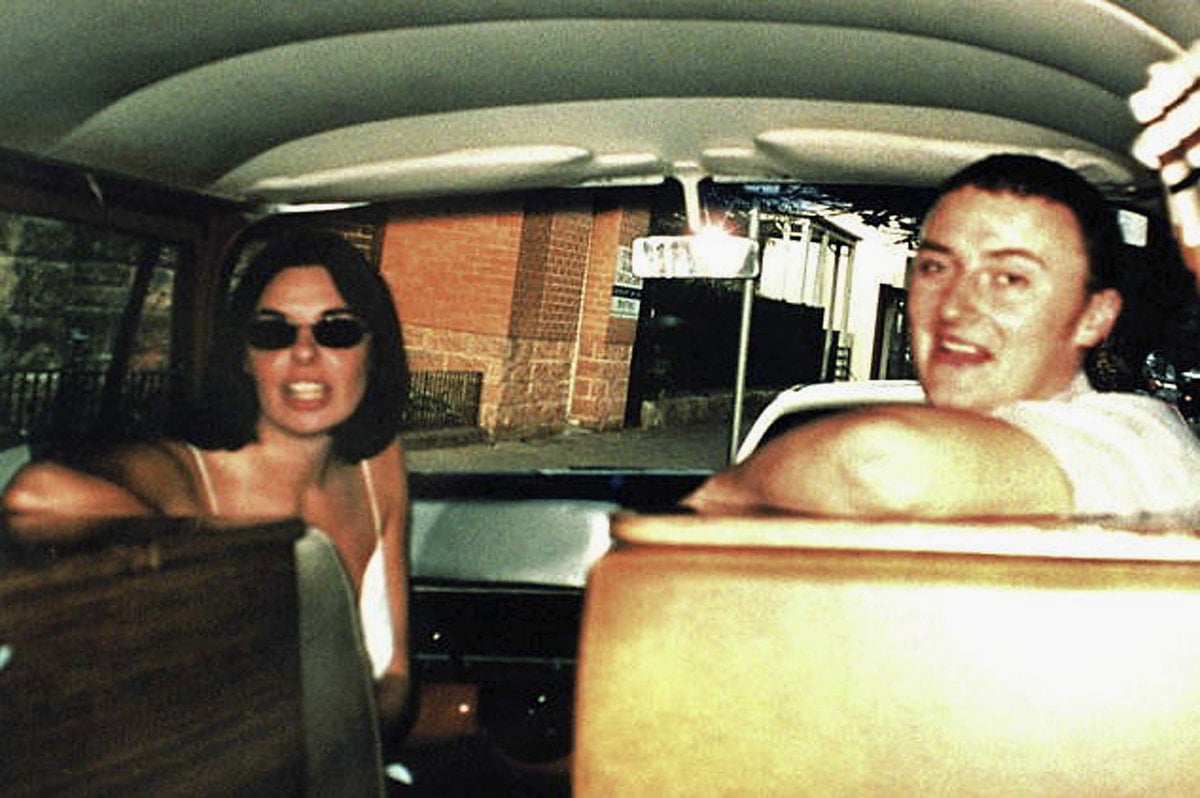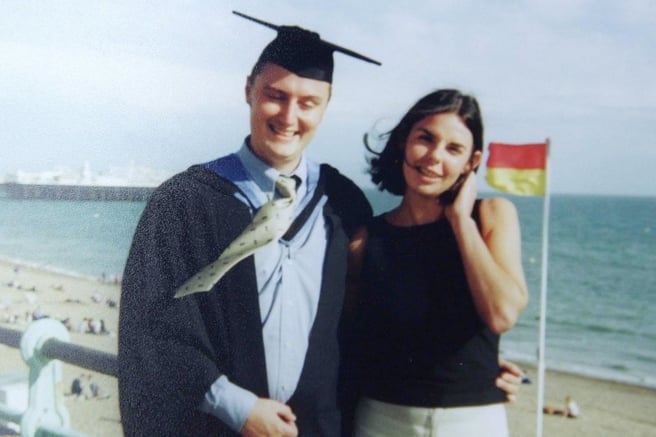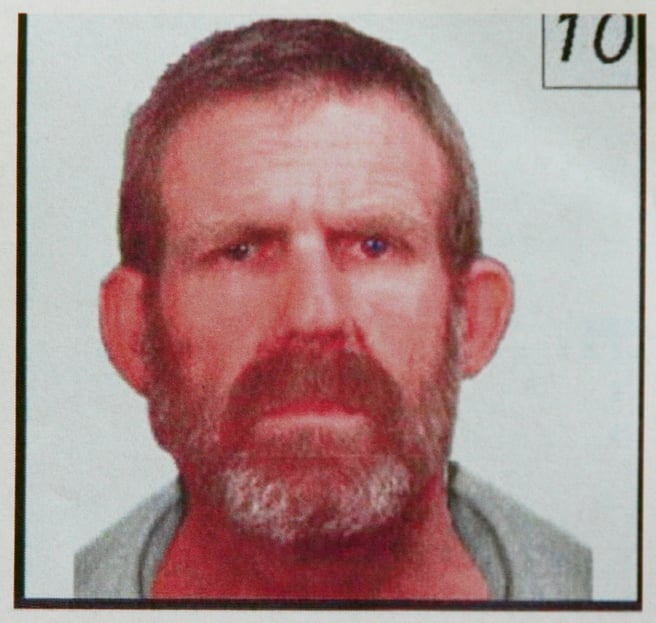
The murder of British backpacker Peter Falconio remains one of Australia's most notorious true crime stories, with a new four-part documentary casting doubt on the outcome of the case.
Murder in the Outback: The Peter Falconio & Joanne Lees Mystery included dramatised recreations and witness interviews, offering fresh perspectives, background detail and contrary accounts.
The documentary re-examined the evidence put forward at the trial of the man convicted of Falconio's murder - Bradley John Murdoch, who some believe was incorrectly identified as the killer.
Murder in the Outback: The Peter Falconio & Joanne Lees Mystery. Post continues below video.
Falconio went missing on a remote Northern Territory highway on July 14, 2001, while driving with his British girlfriend Joanne Lees.
Falconio's body has never been found.
Here's everything we learnt from the documentary:
Joanne Lees' statement.
Lees' account of the night her partner was killed has been told in court and her book No Turning Back.
She recalled stopping at Ti Tree, as they drove north from Alice Springs to Devil's Marbles, to share a joint.



Top Comments